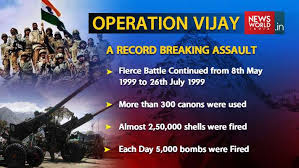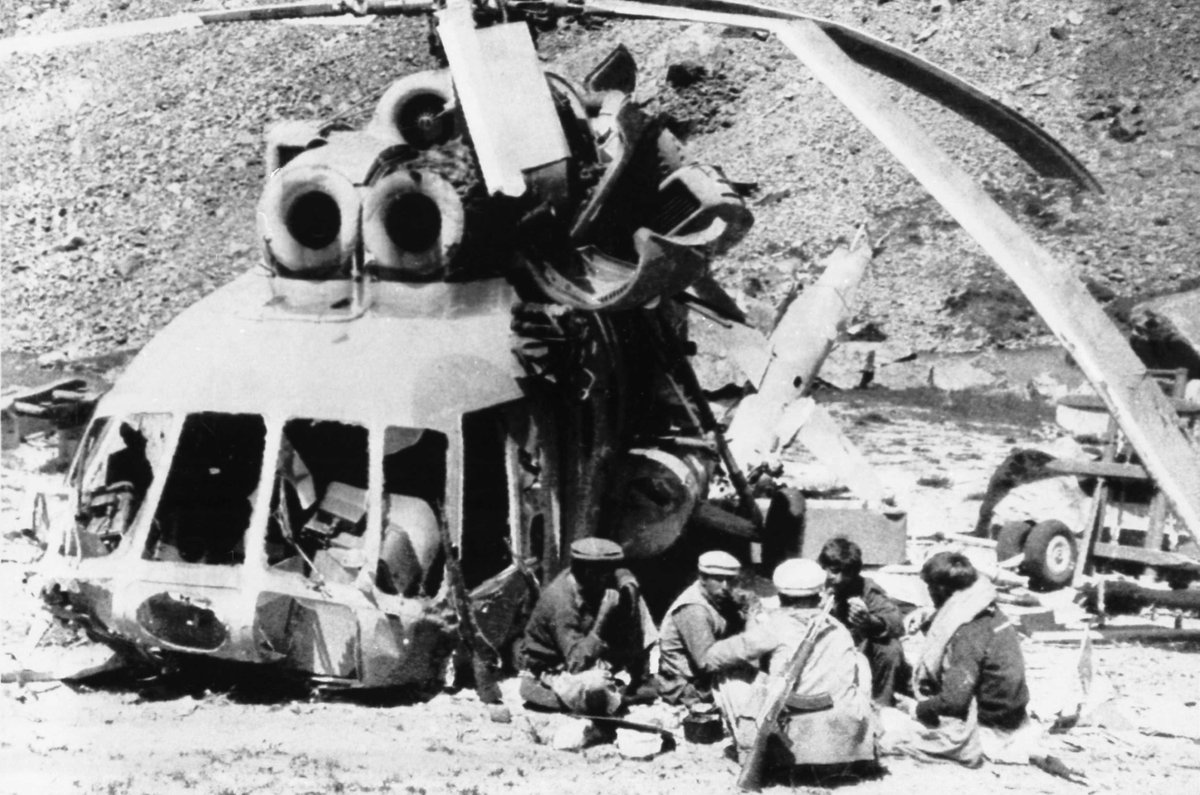Part 2 - High Altitude Warfare
The high altitude atmosphere makes
Ladakh an inhospitable and sparsely populated land, yet one that Pakistan/China has sought to
control.
The high altitude atmosphere makes
Ladakh an inhospitable and sparsely populated land, yet one that Pakistan/China has sought to
control.
During the Kargil War. The Indian Army developed Operation Vijay (Victory) based on three successive objectives: contain the existing
enemy pockets to prevent further build-up of forces; evict the enemy forces; finally,
Indian Army units would occupy key terrain along the LOC
enemy pockets to prevent further build-up of forces; evict the enemy forces; finally,
Indian Army units would occupy key terrain along the LOC
Prolonged exposure to the high altitude environment gradually eroded the Pakistani NLI (Northern Light Infantry)
ability to fight and survive. Soldiers remained in positions for long periods of time, exposed to thin air and cold weather.
ability to fight and survive. Soldiers remained in positions for long periods of time, exposed to thin air and cold weather.
Tactical mistakes in mountain terrain negated
initial success. Holding the high ground did not ensure victory. Linear defenses
consisting of undermanned positions sat exposed to massive Indian artillery barrages.
initial success. Holding the high ground did not ensure victory. Linear defenses
consisting of undermanned positions sat exposed to massive Indian artillery barrages.
Like warfare on any field, high altitude combat is decided by the application of
firepower and maneuver. Wars fought atop the earth’s highest plateaus and among its
many mountain chains illustrate the most effective methods of fire and maneuver.
firepower and maneuver. Wars fought atop the earth’s highest plateaus and among its
many mountain chains illustrate the most effective methods of fire and maneuver.
Combat ranging from the German and U.S. Army in the mountains of Europe during the
Second World War to the Soviet Army in Afghanistan suggests that well-trained light
infantry units best execute maneuver
Second World War to the Soviet Army in Afghanistan suggests that well-trained light
infantry units best execute maneuver
An unexpected and difficult approach by small
elements produces tactical surprise, which is essential against a foe atop high ground.
Artillery is the preferred source of firepower primarily because of its reliability and
ability to mass overwhelming fire.
elements produces tactical surprise, which is essential against a foe atop high ground.
Artillery is the preferred source of firepower primarily because of its reliability and
ability to mass overwhelming fire.
At High Altitude the atmosphere affects vision in several ways. Soldiers lose
much of their natural night vision above 8,000 feet ;
bleeding from blood vessels in the eyes, affects over half of all soldiers at 18,000 feet (Retinal hemorrhaging)
much of their natural night vision above 8,000 feet ;
bleeding from blood vessels in the eyes, affects over half of all soldiers at 18,000 feet (Retinal hemorrhaging)
The time it takes for wounds to heal increases because of the lack of oxygen
in body tissues. The effects combine to make the environment a potent adversary;
acclimatization is one way to reduce its impact.
in body tissues. The effects combine to make the environment a potent adversary;
acclimatization is one way to reduce its impact.
Effects on Weapons and Aircraft -
Low barometric pressure affects the tools of war with a severity that equals its
impact on man. Thin air at high altitudes alters the trajectory of all projectiles that move
through the atmosphere.
Low barometric pressure affects the tools of war with a severity that equals its
impact on man. Thin air at high altitudes alters the trajectory of all projectiles that move
through the atmosphere.
Projectiles are more efficient in low air pressure because of the reduction in drag. The increase in efficiency causes bullets to strike higher on the target
at high altitude than at sea level.
at high altitude than at sea level.
At an elevation of 10,000 feet (3,050 m), a round fired
at a target at a distance of 1,000 meters will impact almost 70 inches higher than at sea
level
at a target at a distance of 1,000 meters will impact almost 70 inches higher than at sea
level
The range of artillery shells increases as well, yet accuracy and predictability suffer. High angle munitions, such as mortar rounds, are especially erratic.
Aircraft performance is equally
unpredictable. Aircraft engines produce less power at high altitudes, reducing maneuverability
and limiting load capacity. In addition to a reduction in engine power, helicopters lose
rotor efficiency in low air pressure.
unpredictable. Aircraft engines produce less power at high altitudes, reducing maneuverability
and limiting load capacity. In addition to a reduction in engine power, helicopters lose
rotor efficiency in low air pressure.
Hovering for helicopters is difficult and risky, and most helicopters are unable to lift normal loads at altitudes above 13,000 feet. Most attack
helicopters are too heavy to fly at high altitude. The physical limitations of the high
altitude environment prohibit most heli ops
helicopters are too heavy to fly at high altitude. The physical limitations of the high
altitude environment prohibit most heli ops
Aircraft are more vulnerable to enemy ground fire,
especially SAMs, which can be concealed in terrain folds. The Soviet military lost more
than 200 ground-attack aircraft and three hundred helicopters during ten years of combat in the
mountains of Afghanistan
especially SAMs, which can be concealed in terrain folds. The Soviet military lost more
than 200 ground-attack aircraft and three hundred helicopters during ten years of combat in the
mountains of Afghanistan
At first glance, the possession of the high ground seems to offer an almost overwhelming advantage. Yet
possession of the high ground does not always yield an operational advantage; high mountains exact a price on a fixed force, exposing it to severe weather as well as enemy
possession of the high ground does not always yield an operational advantage; high mountains exact a price on a fixed force, exposing it to severe weather as well as enemy
The attrition caused by exposure to enemy firepower and the environment has led to the defeat of mountain fortifications in past wars, most notably
the Greek Army’s Metaxas line in the Second World War.
the Greek Army’s Metaxas line in the Second World War.
Revolutions in technology drive tactical change. Yet certain regions of the world
remain largely unaffected by the full reach of advances in military technology. Thin air,
cold weather, and mountainous terrain combine to create a uniquely inhospitable
battlefield at high altitude
remain largely unaffected by the full reach of advances in military technology. Thin air,
cold weather, and mountainous terrain combine to create a uniquely inhospitable
battlefield at high altitude
The elements of military victory at high altitude have not
dramatically changed. Overwhelming fire, in concert with bold maneuver, continues to
determine victory on the high altitude battlefield.
dramatically changed. Overwhelming fire, in concert with bold maneuver, continues to
determine victory on the high altitude battlefield.

 Read on Twitter
Read on Twitter



